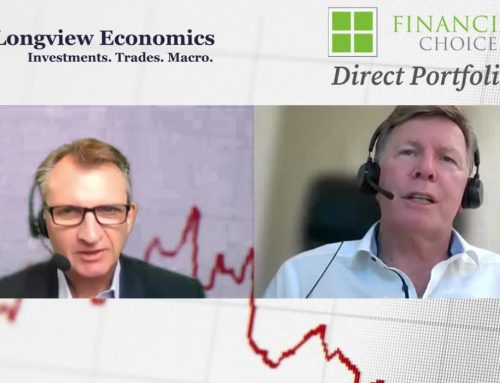4 September 2020
Don’t panic but the Tech bosses just lost $44 US Billion in today’s share market correction.
We woke up this morning to the news that there had been a big correction on Wall Street and that the Nasdaq index had lost nearly 5% in value. Once upon a time, that would have been cause to run to the exit but in this volatile Covid world, it has hardly caused a ripple.
The global tech industry’s 10 wealthiest people had $44 billion erased from their collective net worth today, as U.S. equities tumbled the most in almost three months over investor concerns about inflated valuations.
Tech bosses lose
Investors have piled into tech stocks this year as the companies’ products benefited from quarantining consumers turning to the Web.
Both Elon Musk and Mark Zuckerberg became centibillionaires, with their fortunes regularly rising by more than $4 billion in a day on surging shares of Tesla and Facebook Inc. Apple dropped by almost half of Tesla’s market cap on Thursday in the U.S.
On the local share market, the ASX had a bumpy day. Here are some of our big losers today:-
Company % Drop today
Wisetech WTC -7.28%
NextDC NXT -6.78%
Afterpay APT -6.67%
What is the growth prospects going into 2021?
Second-quarter GDP numbers came in largely as expected, with the global economy having experienced its sharpest contraction since the Great Depression. Now the world turns its attention to the third quarter and the pace of recovery. Recent data releases suggest that the initial stages of recovery in the United States, Europe and the Asia-Pacific are proceeding at a slightly faster pace than we had anticipated. However, as signs emerge of second waves of the COVID-19 infection, we expect the pace of recovery to slow later in the year as localised lock-downs dampen activity and pent-up demand fades.
This week we received the news that we were expecting, and that Australia is officially in a recession as a result of Covid-19; the first recession we have had since 1991.
Australia is well placed for a recovery in 2021 on the back of our soaring savings ratio. The nations savings ratio soared to a 46 year high of 19.8% in the three months ending June. This would have been 25% if superannuation withdrawals had been included in the numbers. This means that Aussies have been saving a large part of the stimulus payments that would have been spent on travel or leisure activities. Online shopping has benefited however, with household consumption alone accounting for 56% of Australia’s economy. Last quarter it tumbled by 12% driven by a collapse in spending in Restaurants, Airline Travel and Hotels. A −4% contraction in full-year GDP has been factored in due to a renewed COVID-19 case surge, as well as lock-downs in Victoria, accounting for about a quarter of GDP in Australia.
What about other economies?
China is ahead of most of the world in the timetable of its recovery which is attributed to being the first affected by the virus, yet acting quickly with the containment of the spread. Its GDP grew by a greater-than expected 11.5% in the second quarter compared with the first quarter, having contracted by −10% in the first quarter.
The U.S will see a continuation of economic contraction in a range of −7% to −9%.
Japan will see a full-year GDP contraction in a range around −3% to −5%.
The economy in the United Kingdom contracted by −20.4% in the second quarter compared with the first quarter of 2020. Experts expect a slower rebound for the United Kingdom because of Brexit and an uptake in virus numbers recently. Probably 10-15% contraction.
The International Monetary Fund lowered its forecast for growth in emerging markets for both 2020 and 2021 on June 24, owing to a rapid intensification of COVID-19 in many emerging and developing nations. The IMF foresees emerging markets contracting by −3.0% before rebounding to growth of 5.9% in 2021.
Will Australia have a further interest rate cut?
It is expected that Australia will have a further interest rate cut in October or November. This is to bring us in line with the rest of the world.
The U.S. Federal Reserve left the target range for its Federal funds rate at 0%–0.25% on July 29 and said it would keep it there until it was “confident that the economy has weathered recent events.”
The European Central Bank left its monetary policy unchanged at its July 16 meeting, keeping the interest rate on its deposit facility at –0.50%, yes negative 0.50%.
The Bank of England maintained its bank rate at 0.1% at its August Monetary Policy Committee meeting.
The Bank of Japan left its key short-term rate target at –0.1% at its meeting on July 15.
The Reserve Bank of Australia (RBA) maintained its cash rate and three-year government bond target at 0.25% and didn’t announce a change this week.
General Advice warning: The content of this newsletter is for the clients of Best Interest Advice and it’s other related services. The content is general advice only and has not considered your personal situation or objectives and cannot be relied upon. Please consult a financial adviser to provide you with personal advice. We cannot guarantee the accuracy of this information as it is sourced from third parties and general media. All attempts to verify its contents have been made and we only rely on reputable sources.





